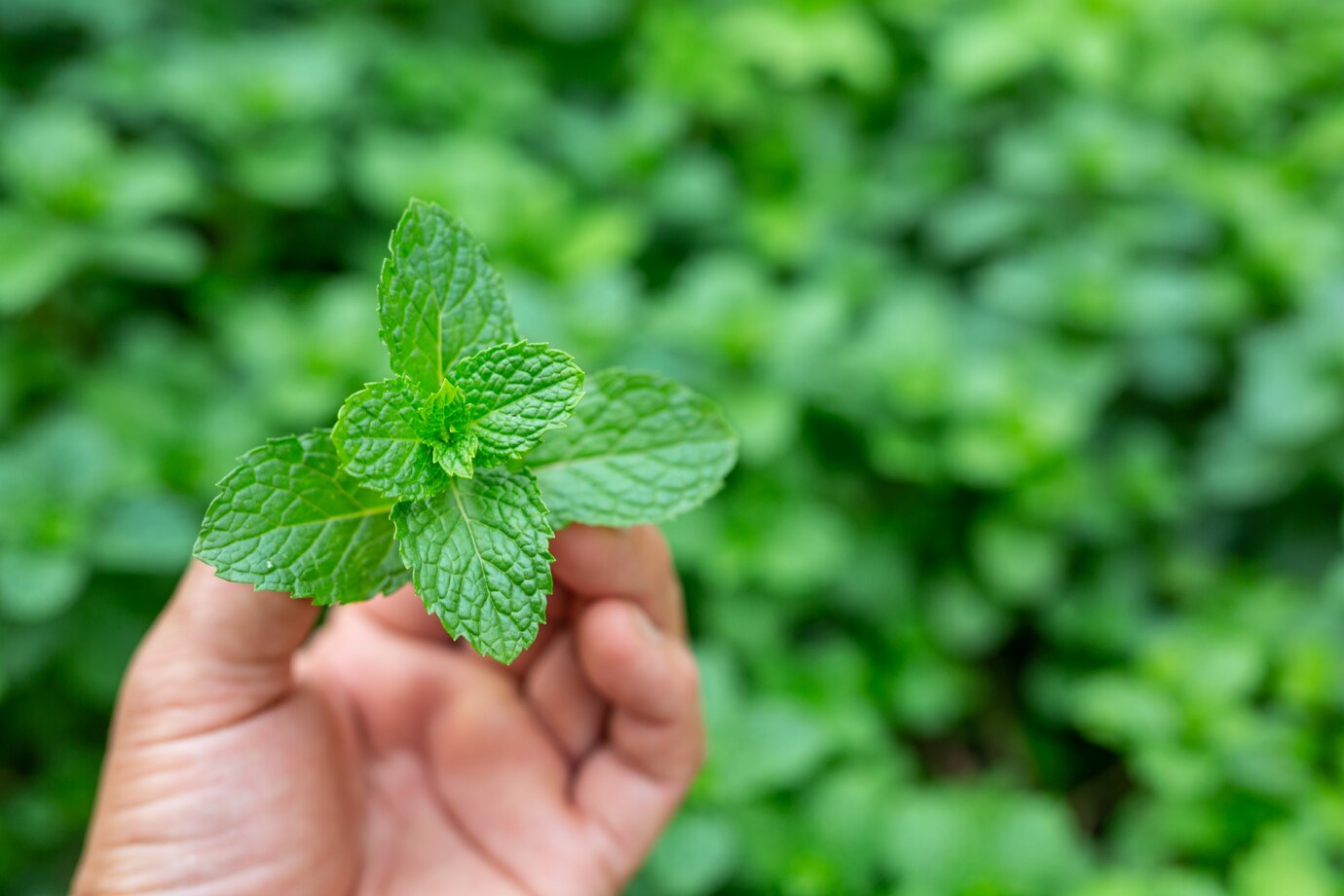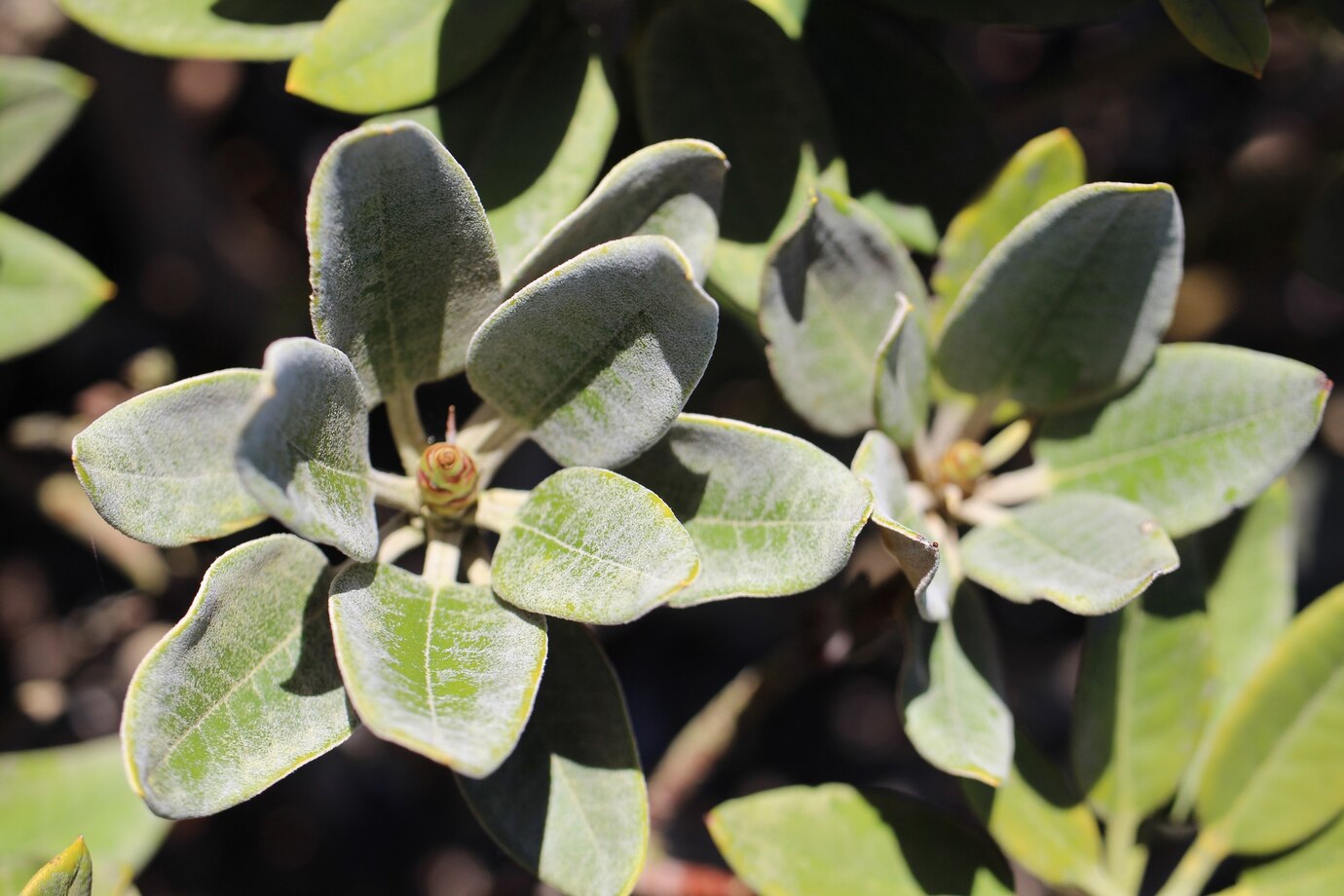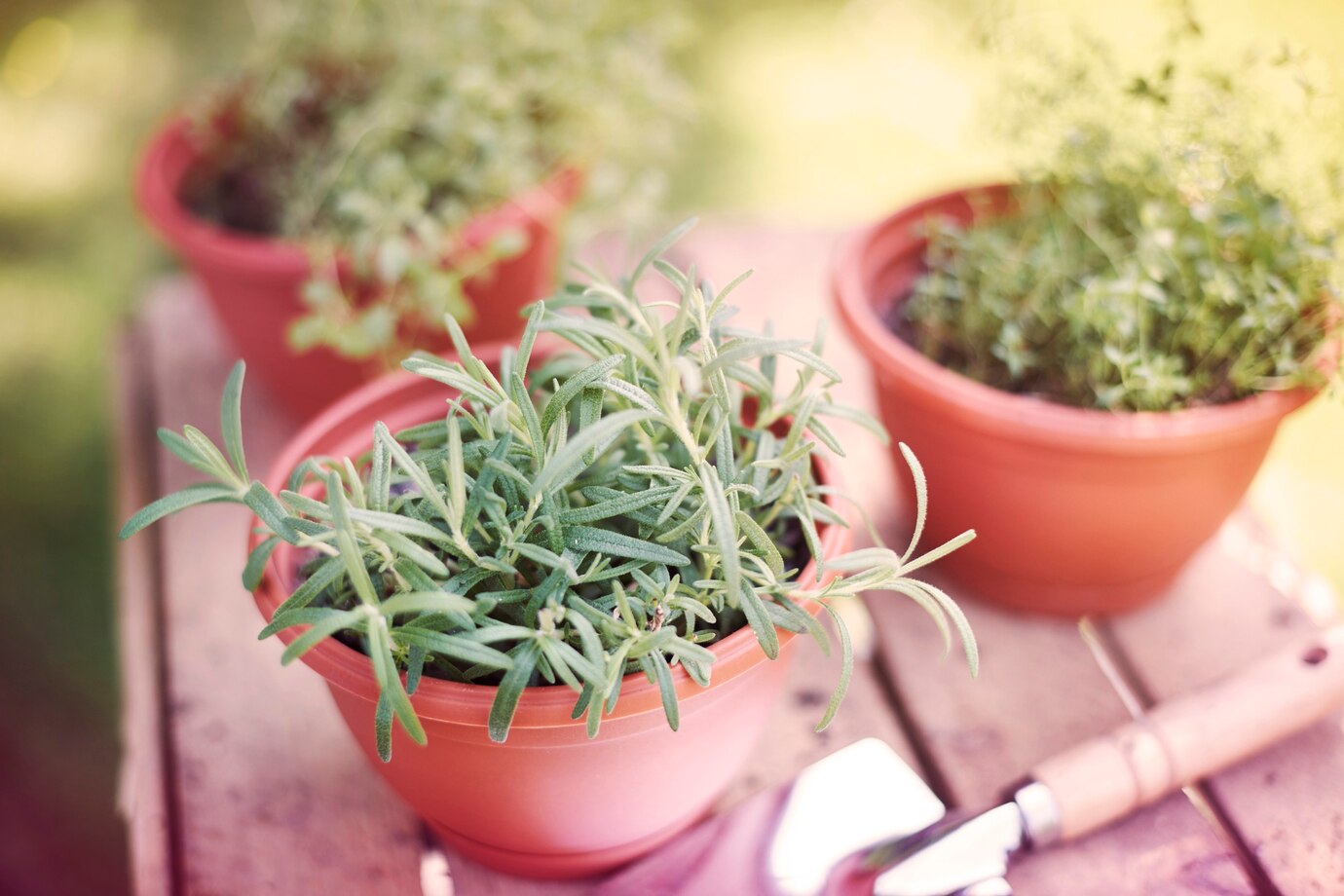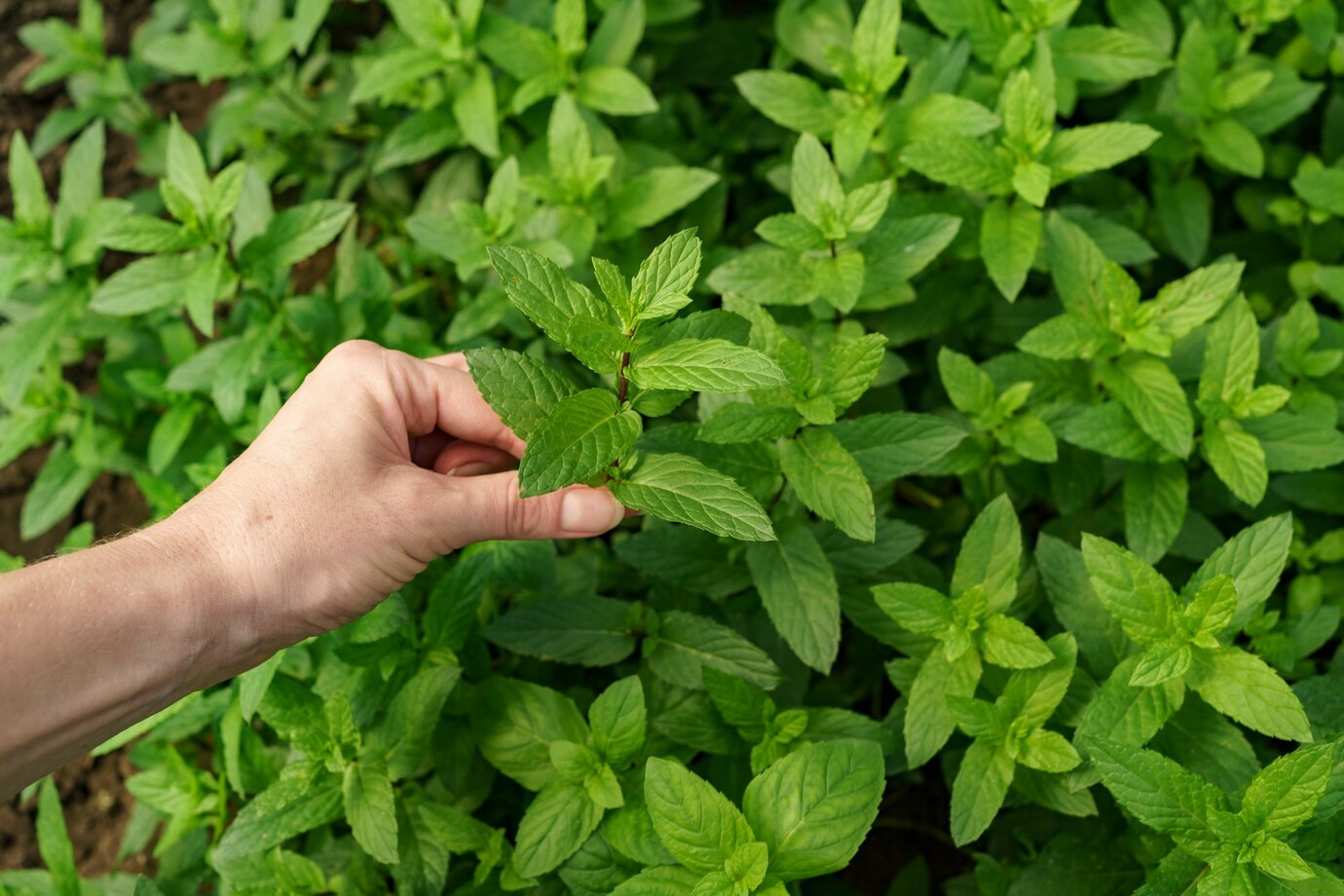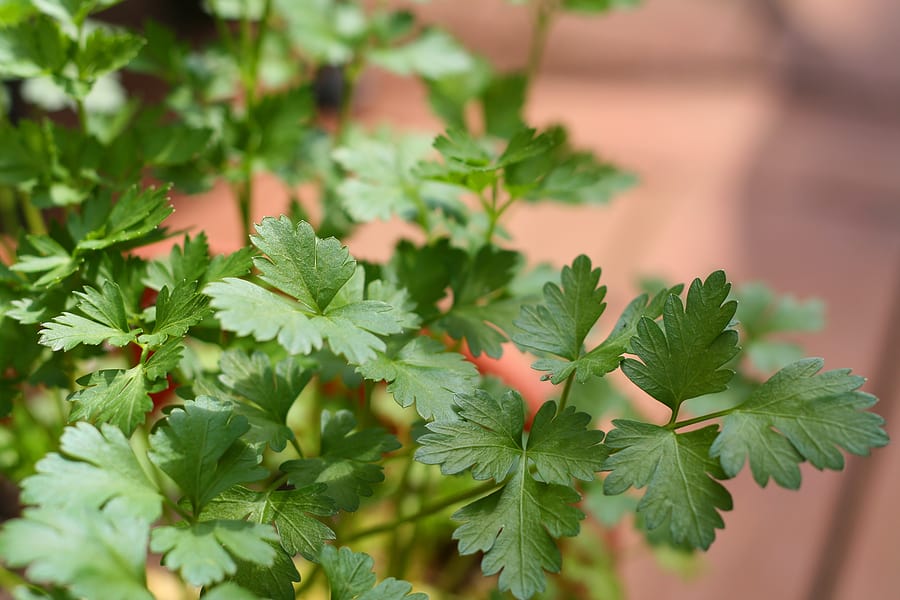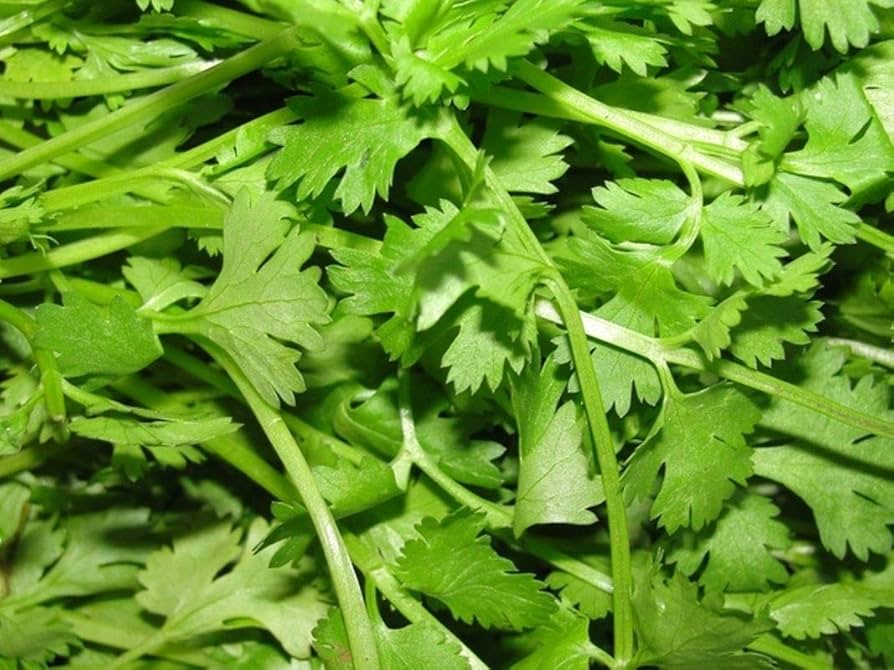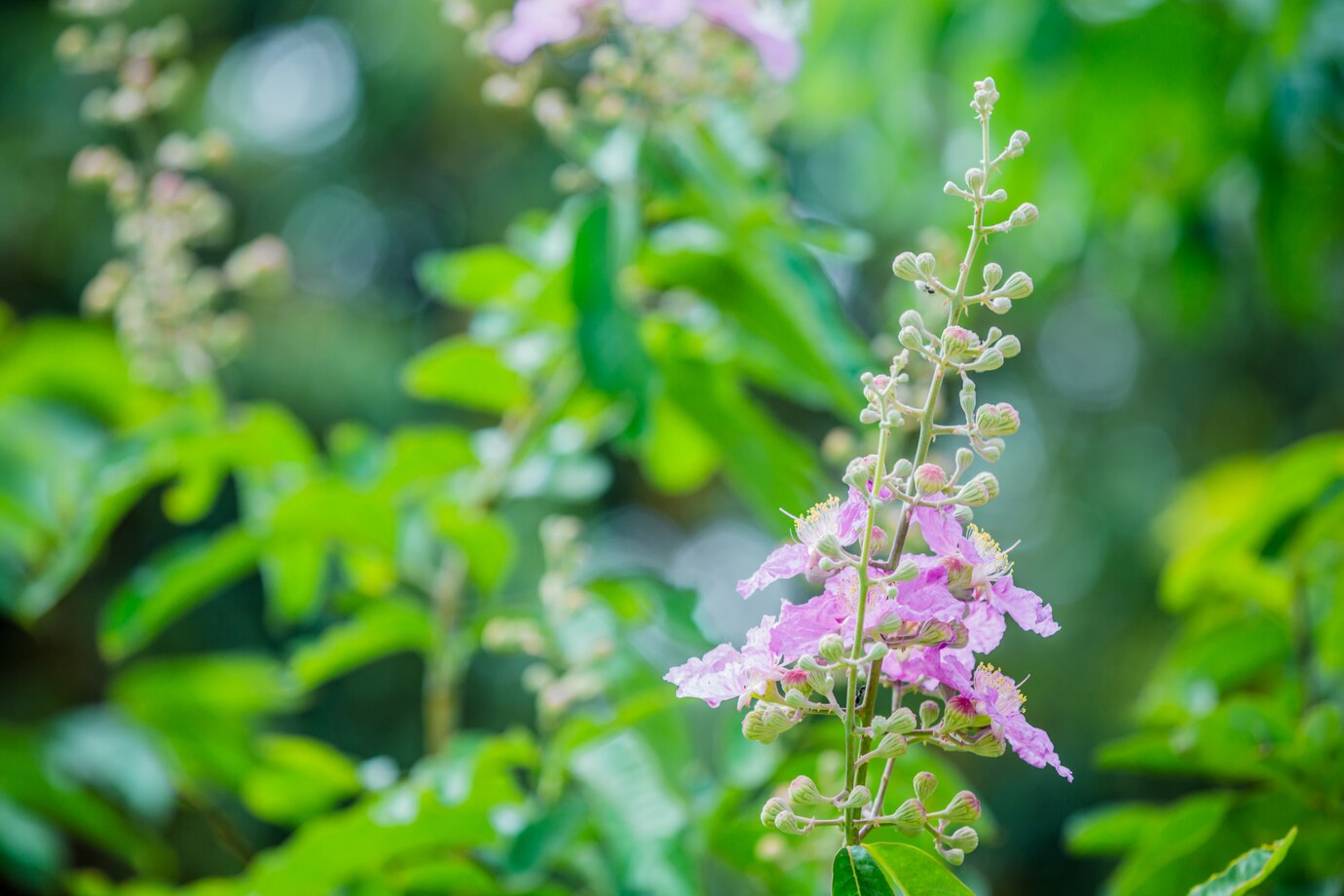Grow your fresh ingredients to enhance the taste of your dishes. You don’t need a full vegetable patch or fruit orchard to get started. Just plant some herbs at home. Mint is the hardiest of them all. It survives even winter frosts, making it perfect for beginners who doubt their green thumb. Whether you grow mint indoors or outdoors, for tea or cocktails, this versatile herb is the ideal first step into home gardening. Keep reading for the best care tips and a complete growing guide for all types of mint plants.
Table of Contents
ToggleTypes of Mint
Mint comes in many varieties, each with its own unique look and flavor.
Peppermint delivers a sweet, minty taste.
Chocolate mint, a close relative of peppermint, blends minty freshness with a hint of chocolate in both flavor and aroma.
Spearmint adds a refreshing touch to teas and salads and works well as a lush ground cover in landscapes.
How to Grow Mint In The Garden
Plant mint in a contained space or a separate garden bed to prevent it from spreading and overtaking other plants.
To plant, remove it from the nursery pot and place it in the center of a prepared hole. If the roots are compacted, carefully loosen them before planting. Water deeply and spread mulch around the base to maintain moisture and keep weeds away.
Allow the plant to establish and grow before harvesting. Use sharp scissors to snip mint leaves whenever needed. The soft, new tips are the most tender, but any leaves can be picked.
To dry mint, use a dehydrator or hand bunches upside down in a well-ventilated area. Once crisp, store the leaves in an airtight container for later use.
Growing Mint From Seeds
Sow mint seeds year-round, but avoid extreme heat or cold. Use punnets or small pots filled with quality seed-raising mix. Sprinkle the seeds on the surface, cover them with a 1 cm potting mix, and keep the soil moist but not soggy. Germination takes about 10–14 days.
Once seedlings reach 10 cm tall, transplant them to their final growing spot. Add mulch around the plants to lock in moisture and keep weeds under control.
Growing Mint From Cuttings
You can easily propagate mint from cuttings. Snip a tip cutting from a healthy mint plant and place it in a glass of water on a windowsill.
Once roots are established, transplant the cutting into a pot or garden bed, allowing it to establish and thrive.
How to Grow Mint in Pots
Growing mint in containers prevents it from spreading uncontrollably in your garden. However, its long stems can still touch the ground and take root, so place the pot on a hard surface or line the inside with a double layer of landscaping cloth over the drainage holes to keep the roots contained.
Repot mint once it becomes root-bound. Older repotted plants may lose their strong minty flavor, so consider propagating a fresh cutting instead. Use an unglazed clay pot with plenty of drainage holes to prevent excess moisture buildup.
To repot, remove the plant, gently loosen the roots, and transfer it into a container one to two sizes larger with fresh, high-quality potting soil. Keep the soil moist but not waterlogged.
Mint Plant Care
Grow mint in moist, well-drained soil with full sun to partial shade. Since mint spreads aggressively, keep it in a pot to prevent it from competing with neighboring plants. Harvest leaves as needed, leaving some stems to flower for pollinators. As a perennial, mint returns each year. Cut it to ground level in autumn and mulch with well-rotted compost to promote fresh spring growth.
For the best flavor, keep trimming mint to encourage new leafy growth. Once flowering ends in late summer cut the plant back just above soil level and feed it with a high-nitrogen fertilizer to encourage fresh autumn leaves.
Divide mint in autumn to create new plants. Lift a clump, chop it into sections with a spade, discard the old center, and replant the vigorous outer edges. If growing in pots, divide congested plants in autumn and place containers on pot feet to prevent waterlogging over winter.

